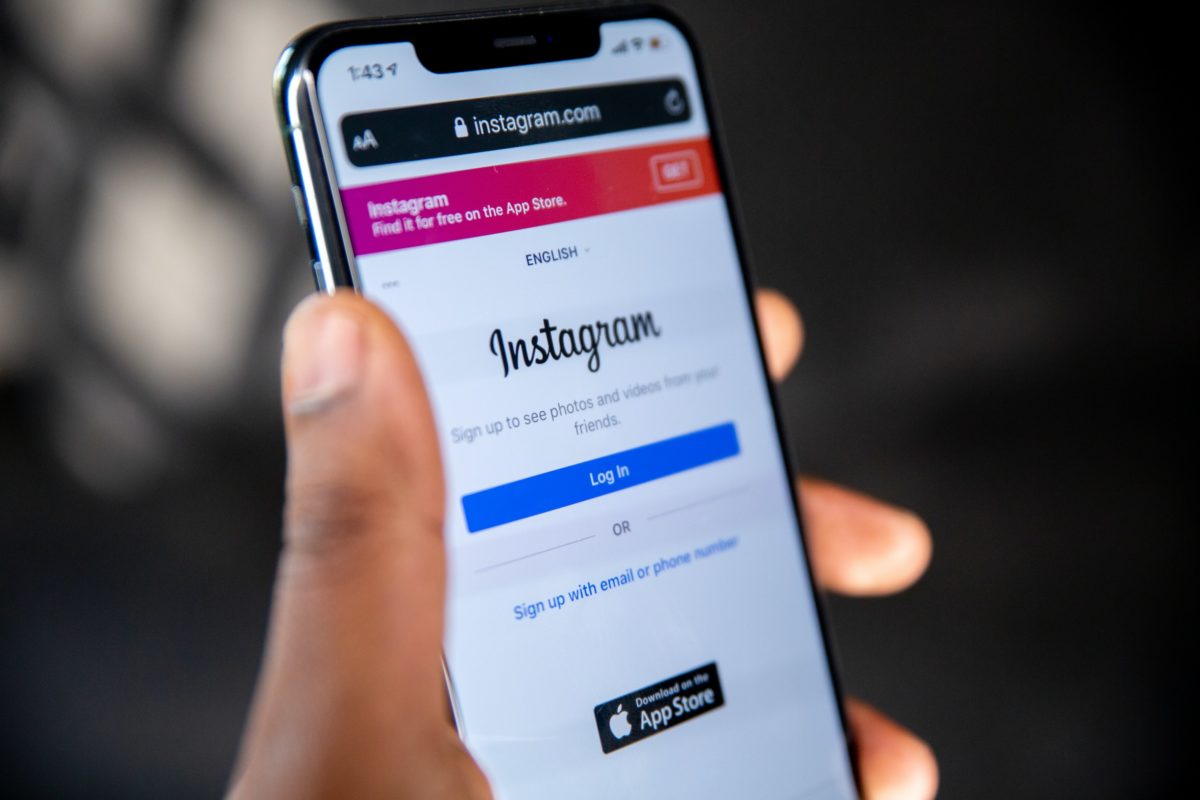Email marketing is an invaluable tool for businesses, providing a direct line to your audience. However, standing out in crowded inboxes requires smart strategies and effective execution. The following are 10 tips to enhance your email marketing efforts and achieve stellar results. When done right, … Continue reading “Top 10 email marketing tips to skyrocket your campaigns”
Maximizing digital marketing: Understanding social proof and its 9 strategic applications
When digging deeper into the idea of “social proof,” just remember that humans are definitely pack animals. Psychologically speaking, humans want to fit in with the rest of the crowd, and this can affect us in many ways, particularly our consumer behavior. Social proof refers … Continue reading “Maximizing digital marketing: Understanding social proof and its 9 strategic applications”
Explore 9 Creative QR Code Examples
In this article we’re going to look at some QR code examples and how you can use them in your marketing. But first, let’s take a look at what exactly is a QR code? What is a QR code? QR stands for Quick Response, and … Continue reading “Explore 9 Creative QR Code Examples”
7 expert tips to set achievable marketing goals for your small business
Most marketing advice begins the same way, with “set your goals.” And while it may feel repetitive, it’s absolutely true. Setting goals increases the success of your marketing strategy by about 429 percent. Of course, in the simplest sense, goals help you understand where you … Continue reading “7 expert tips to set achievable marketing goals for your small business”
16 Instagram marketing tips that you should know
Marketing on Instagram is a non-negotiable aspect of digital marketing for many brands. The visuals-first social media platform boasts more than 1.16 billion users, and about 90 percent of Instagram users follow at least one business. While the success of any brand on Instagram involves … Continue reading “16 Instagram marketing tips that you should know”
6 Facebook marketing tips you should know
It’s hard to imagine a business that doesn’t at least have a presence on Facebook. But is your brand taking advantage of all the marketing opportunities that exist on the platform? With more than 2.8 million monthly users, Facebook still holds the title of being … Continue reading “6 Facebook marketing tips you should know”
7 tips to level up your content marketing
You likely know by now that content is king. But when it comes to content marketing, it’s almost too easy to find yourself spinning your wheels. Creating content to simply create content, without a direction, plan or strategy can end up being a waste of … Continue reading “7 tips to level up your content marketing”







